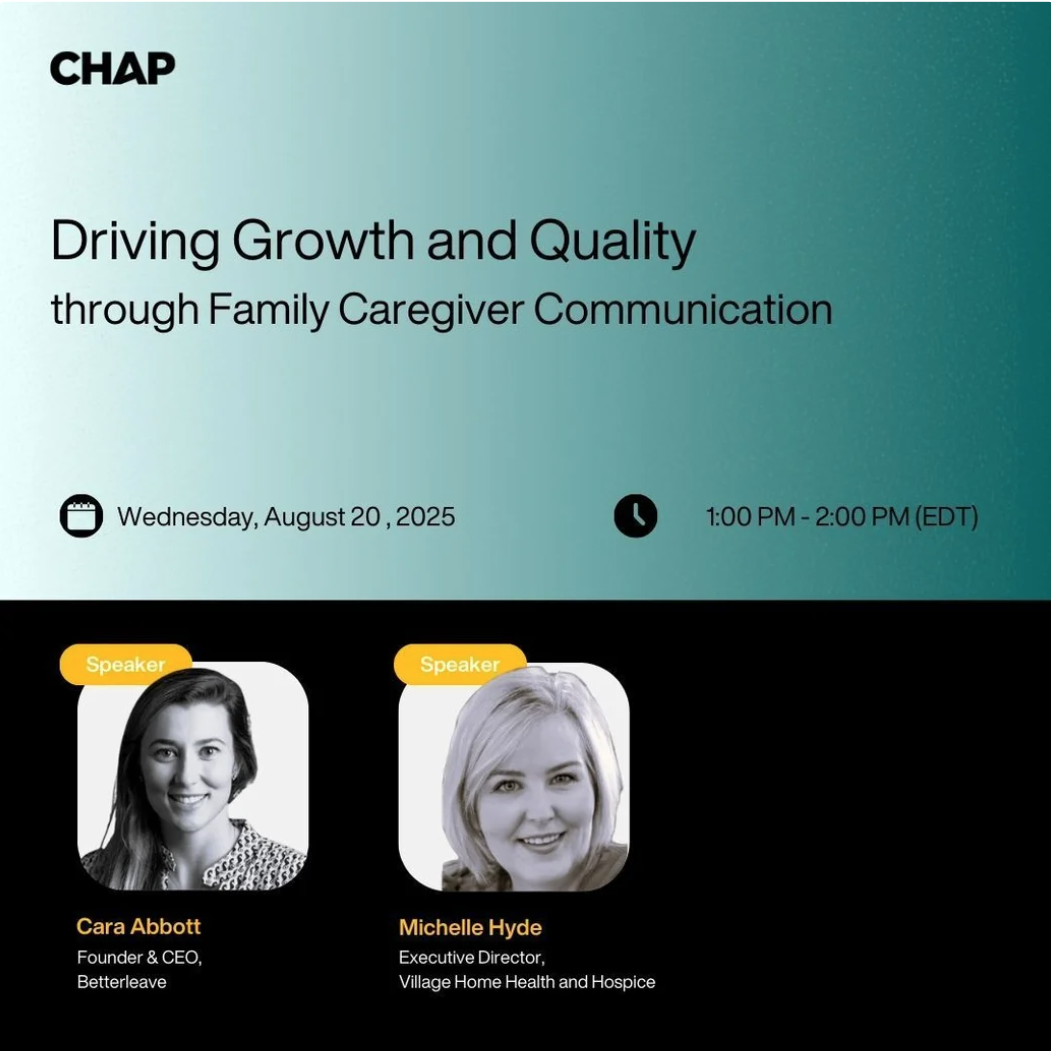There are many ways to mourn and celebrate the passing of loved ones. In New Orleans, Louisiana the streets are filled with music known as The Jazz Funeral, a celebration of the person’s life as much as a mourning of their death. The Cremation Ceremony, otherwise known as Ngaben, is the Hindu funeral ritual that releases the spirit and prepares the soul for the afterlife. Día de Muertos or Día de los Muertos also known as the Day of the Dead is a tradition celebrating life and death. Mariana Alfaro, Staff Writer for The Washington Post describes it as a time to remember "those who inspired us and loved us and challenged us and believed in us. Those whose memories make this life worth living. That’s what Día de los Muertos is all about."
Rooted in thousands of years of history, this tradition is believed to have begun with native groups in Mexico and Central America, including Aztec, Maya, and Toltec cultures. It was later blended across two holidays--All Saints’ Day, November 1st and All Souls’ Day, November 2nd. Today, the Day of the Dead is now celebrated over the span of October 31st through November 2nd each year. During this celebration, widely observed within Latinx cultures around the world, families invite the souls of their deceased relatives and friends to come back for a family reunion. Décor and activities usually include temporary altars with offerings honoring their loved ones Altares de Muertos or Ofrendas, food, drink, music, and dancing. These rituals offer a meaningful way to remain connected to their loved ones who have died, as well as to cherish and be grateful for the love and memories they have from those relationships. A few ways to participate in the celebrations include;
- Create an altar in your home with any of the following items--candles, flowers and Marigolds in particular are often used for this alter, incense, photographs of the deceased loved ones, special foods/ or drinks prepared for the occasion--perhaps something they really enjoyed or sugar skulls or skeleton toys.
- Invite relatives and friends over for a feast, music, dancing, and sharing some stories of your loved ones.
- Visit a deceased loved one’s grave or memorial place.
- Set out pillows and blankets in your home as a symbol of hospitality to the visitors of your deceased loved ones’ spirits returning for the celebration.
Día de los Muertos reminds us to take time to acknowledge and process our own thoughts and feelings around death, grief and loss. Death is apart of life and if we can better understand and normalize the grief process, perhaps we can find meaning in loss.
- Learn how to discuss death and communicate your feelings and beliefs with friends and family.
- It reminds us that there is no timeframe for grief. Grief does not end after a period of time, contrary to what some people seem to assume or say. What does happen over time is that we get better at navigating our grief. Grief happens across a lifespan. Thankfully, the intensity of our grief changes over time, but we never stop missing the people we love who have died. For many, the opportunity to prepare food that their deceased loved ones enjoyed, to look at old photographs, and dance to fun music is a beautiful way to celebrate their lives. Even getting to say your loved one’s name aloud is something you might not get the opportunity to do very often in day-to-day life. This ritual provides an intentional time and way to do all these things.
- This allows us to continue to remember, discuss, cherish, reminisce, and celebrate the relationship we had, and still hold, with our deceased loved ones. When we truly embrace this idea, we can offer more helpful support to people who are grieving, and offer them the knowledge that they don’t have to forget their loved one just because they are not physically present anymore. In fact, that feels quite un-natural when you think about it. Love doesn’t end with death. “Death ends a life, not a relationship.” - Morrie Schwartz
- For some, perhaps the funeral of a loved one was a heavy and somber event. Or, maybe there wasn’t any type of funeral or spiritual service after someone’s passing. There are so many reasons as to why some people may not feel ready or “okay” about having a celebration of life event for their loved one who died. The fact that this ritual happens every year allows for many more opportunities to celebrate, recognize, and honor a loved one’s life, whenever you are ready or wanting to do it.
Lastly, remember that it’s okay to honor wherever you are in your grief journey. If you do not feel up to participating in this ritual, or feel uncomfortable with certain activities that often accompany Dia De Los Muertos, try to meet yourself wherever you are, and know it is okay to feel however you feel. You can give yourself permission to participate or not. If you are actively struggling with grief, please know that professional help is available, and reach out for support.




